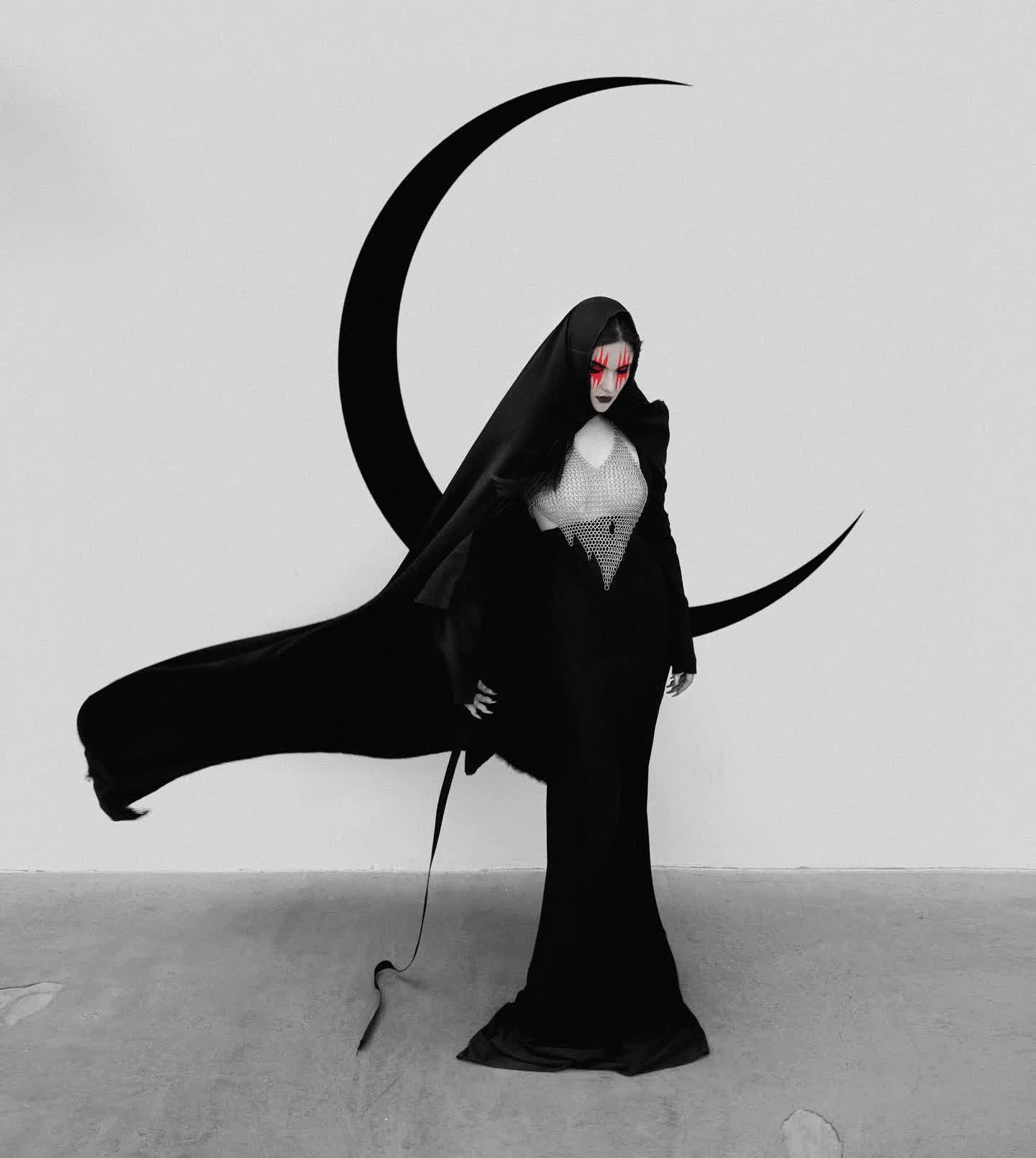On devices with OLED screens, the more pixels on the screen are lit up, the more power the screen consumes. So on the majority of smart phones these days, dark mode will slightly reduce energy consumption. Devices with LCD screens will likely show no difference, and we’re talking a fairly negligible amount of power here anyway.
So you are saying nestle could contribute more by not using child labour in African cocoa plantations?
No, just turn your screen brightness down
Don’t forget to mute those speakers so you
can’t hear the screams of the children in the minesconserve energy or whatever >!give me money!<
Not if Dark=Grey like on the screenshot. Needs to be proper black.
That’s absolutely not true. OLED pixel energy usage is proportional to the amount of light they need to emit. Dark gray is essentially the same as black in terms of energy usage.
Man, what? No it’s not.
Yes it is, mostly. It’s proportional.
https://news.ycombinator.com/item?id=34069781
This chart is the relevant part: https://images.anandtech.com/doci/9394/luminance-curve.png
Not exactly. Yes dark grey will consume more power than full on “the pixel is turned off” black but it does take less energy to show a dark grey screen than a bright white one.
Advertising and corporate messaging are not about being right, but only about appearing right to a sufficient number of people.
According to a Purdue University Study dark mode can save 3 to 9% of your battery if you’re on auto brightness. Let’s say your average phone uses 15Wh per day (5.475 kWh per year). Let’s say 5 billion people use smartphones. That’s around 30 TWh for total yearly smartphone consumption.
So if everyone was using dark mode, it could save around 0.8 to 2.5 TWh a year in the best case scenario. But that is if everything on your phone was dark mode. Not sure how much time people spend browsing websites percentually.
That’s around 0.1 to 2.7 times the daily electric energy production of all nuclear power plants.
The world electricity production is around 23000 TWh per year, so you could save around 0.0036% to 0.01% of yearly energy consumption by switching everyone to dark mode.
Such impactful, much environment, wow
Now calculate how many nestle wells that steal people’s water that makes.
that study talks about oled displays btw, shit’s not gonna change for regular backlit devices
word of the day is greenwashing, fucking engrave it into your brain – get the words for the phenomena and all that shit
I’m pretty sure those savings would apply only on pitch black interfaces on OLED screens, IPS panels do not use less energy by displaying black, unless is the only color on screen.
If a UI is dark grey (like the Nestle one in this post screenshot), all of the diodes on an OLED screen are lit up, so there shouldn’t be any savings whatsoever.
Also, we’re far from having dominance of OLED screens in the smartphone market, which would be required for your scenario to apply.
Your first mistake towards sustainability is visiting Nestle in the first place. That company’s existence is the opposite of sustainability.
What’s up with giant corporations and guilt tripping people into switching to dark mode? I’ve heard win11 does this as well.
It’s pure marketing.
It’s a trend, so the marketing goblins follow it.
Guess what? Cycling dark mode results in over 300 requests to nestle servers, so it does use power sending all those requests
Minecraft furnaces use more energy than the dark mode on the nestle website saves
deleted by creator
On OLED screens dark mode does actually save power. My phone switches to dark mode when I turn on battery saving mode.
It probably doesn’t matter much in the grand theme of this, but let’s keep the criticism factual. God knows you don’t need to make up arguments to criticize Nestle.
It only really does anything if the pixels can turn off completely. So the dark theme would have to feature full black backgrounds, not dark grey or anything like that.
That’s not true. You can go upwards to 33% grey and it’ll have the same effect as completely black if I recall correctly, but the all around energy saved by using dark mode isn’t anything to write home about, really.
The Purdue study found that switching from light mode to dark mode at 100% brightness saves an average of 39%-47% battery power.
That’s a lot actually. Only that much outside on sunny days, but still.








